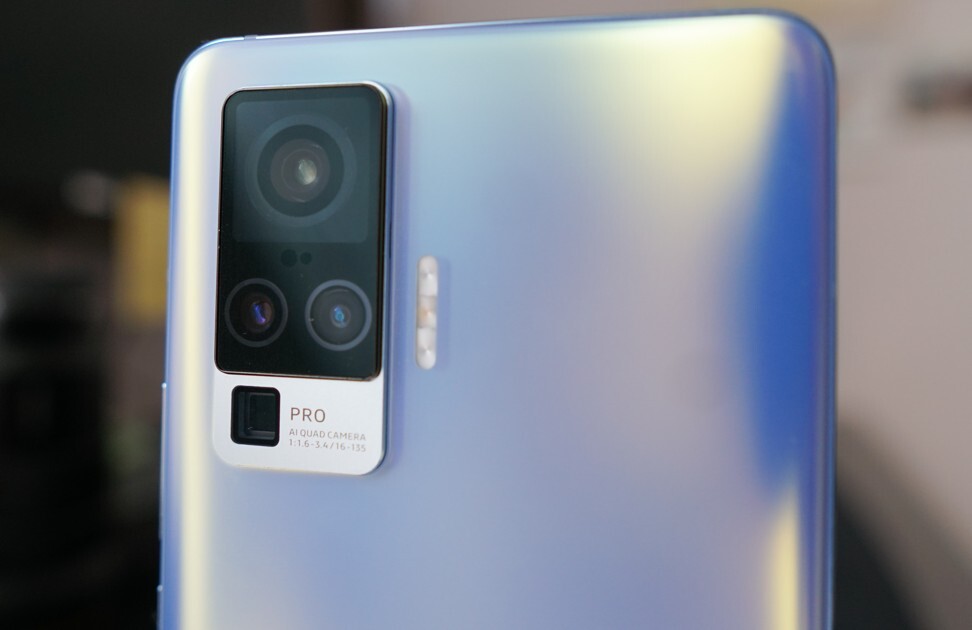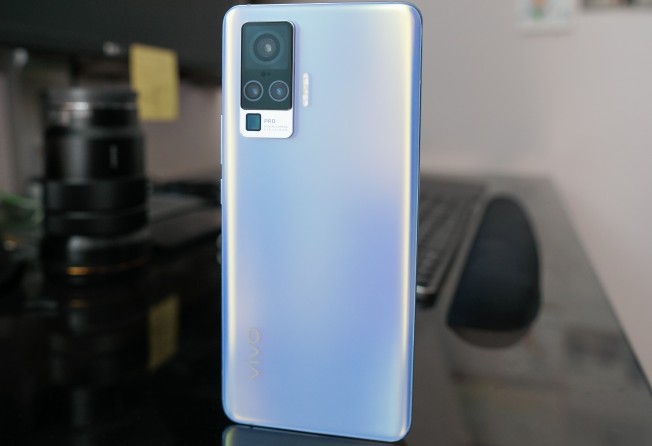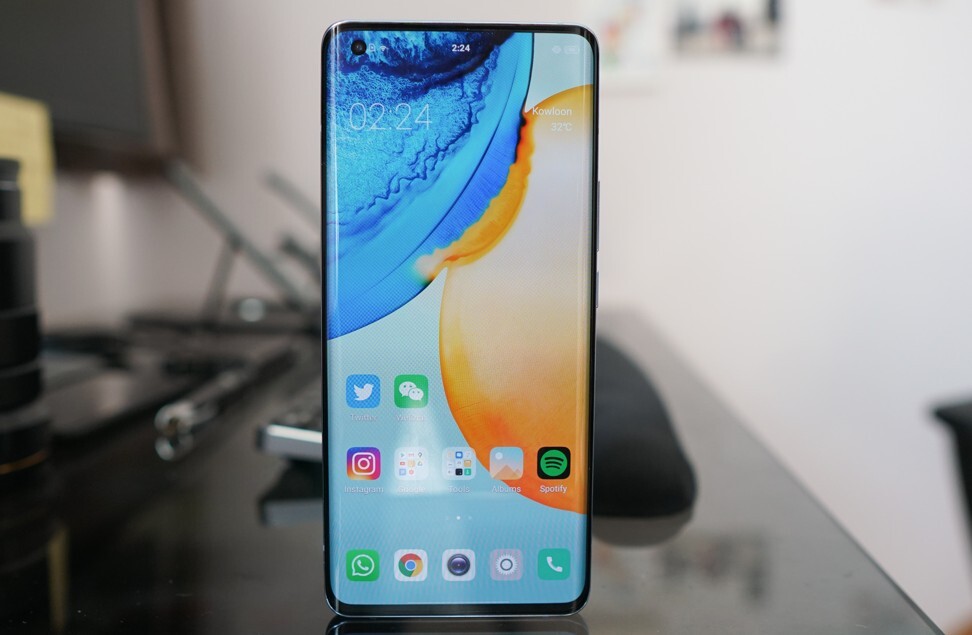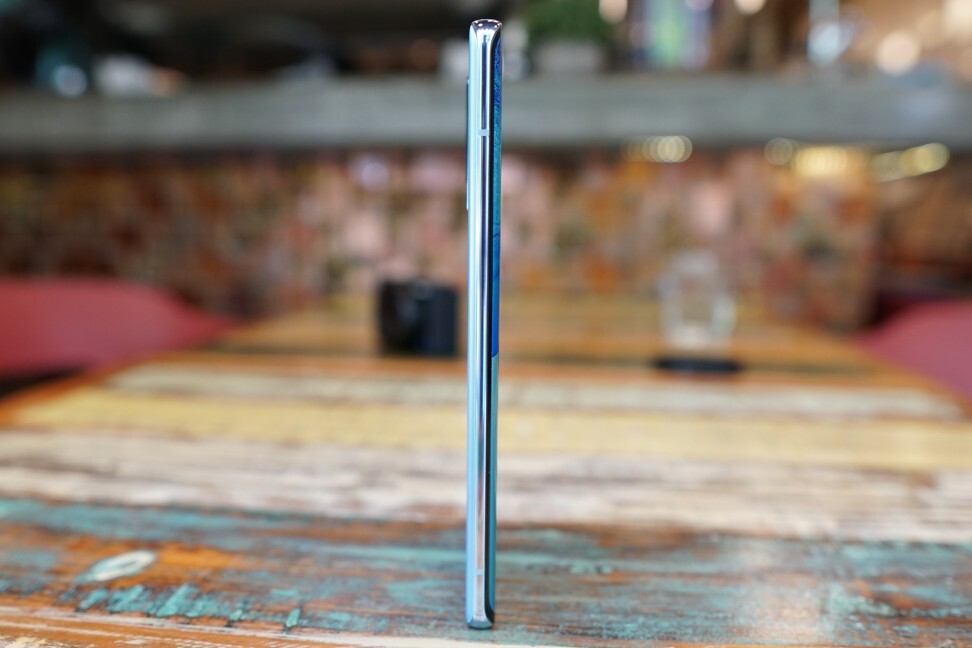
Vivo X50 Pro review: new gimbal camera system captures more fluid videos, but it’s still a work in progress
- This phone’s built-in gimbal is truly innovative, and acts as a stabiliser for the main camera. It comes into its own for shooting while running or in the dark
- Vivo’s Funtouch OS is much improved here, the battery lasts all day, the processor is powerful enough to handle any app, and the phone comes 5G-ready

Three years ago Vivo stole the show at the Mobile World Congress (MWC) in Barcelona with a surprise unveiling of a concept device named the Apex.
It introduced the pop-up selfie camera and in-display fingerprint scanner, two hardware trends that respectively became the fad du jour in 2019 and the industry standard for mobile phones.
Vivo was hoping to make the same kind of splash at this year’s MWC, where it was set to unveil the Apex 2020, featuring another attention-grabbing innovation: a camera built on a tiny gimbal inside the device’s body. But the coronavirus killed the event, along with media access to the Apex 2020.
Still, Chinese brands work fast. Vivo turned the concept “gimbal camera” into a commercial device with the launch last week of the Vivo X50 Pro smartphone in China.

Design and hardware
The new camera technology is immediately noticeable when you unbox the Vivo X50 Pro. The main camera is noticeably larger and wobbles slightly as the phone is being moved around. It looks as though the lens is floating instead of being mounted onto a surface.
This is the gimbal tech at work. A pivoted stabiliser system to help a camera capture more fluid videos, gimbals come in all shapes and sizes, but never has there been one this small that it fits inside an 8mm thick device.
The rest of the X50 Pro is standard Android fare in 2020: the body is a glass sandwich with a curved OLED screen that refreshes at a high rate (90Hz); there’s the tiny hole-punch cut-out in the corner housing a selfie camera; and inside there’s a Qualcomm Snapdragon 765G chip, 8GB of RAM and a large 4,315 mAh battery.

Software and features
Vivo’s software overlay that sits on top of Android, named FunTouch OS, has been improved drastically. It used to be one of the more frustrating Android skins because Vivo moved the location of the short cut toggle buttons from the top of the screen to the bottom.
That has been reversed, and FunTouch OS now behaves a lot closer to normal Android, which is a big improvement in my opinion.
Performance and battery life
Every smartphone using a Qualcomm chip, even the “mid-tier” 765G here, is going to have enough power to handle any app. 5G network connectivity is also available for those who have access.
The 8-megapixel wide-angle camera lens and Periscope zoom lens are serviceable, producing wide and zoom shots that are solid but cannot compete with those taken using the newest Huawei and Oppo models.

The 4,315 mAh battery is enough to power the X50 Pro through the day.
As for that gimbal camera, modern-day flagship smartphones mostly rely on EIS (electronic image stabilisation), a software feature that uses digital cropping to eliminate jerky movements from handheld video shooting. Because the X50 Pro’s camera is built on a gimbal that already takes into account shakiness and movement, it tones down the application of EIS, instead relying on OIS (optical image stabilisation).
For testing, I took the X50 Pro and the iPhone 11 Pro (the latter the gold standard for smartphone videography) and shot side-by-side videos around Hong Kong.
What I noticed was that, if I’m walking at a normal pace, the iPhone’s best-in-class EIS can more than hold its own against Vivo’s gimbal camera, as video shot with both looked smooth.
But if I run, or climb stairs, then the advantage of hardware OIS becomes evident, as the gimbal prevented z-axis jerkiness (rocking left to right) in ways EIS (which only stabilises along the x- and y-axes) cannot.
Because EIS, like any software-driven imaging technology, needs light information to work, Vivo’s lead widens at night, as a running video test produced very shaky iPhone 11 footage while Vivo’s footage suffered from only micro-shakes.
Conclusion
While Vivo’s gimbal camera tech does indeed work, the benefits are only noticeable in extreme conditions such as filming while running or in dark spots. This means most people, those who are more likely to record videos in more stable conditions, will not benefit much from this innovation.

The silver lining is that Vivo isn’t charging consumers a premium to try this technology: the X50 Pro starts at 4,298 yuan (US$607) in China, which is relatively cheap.
If Vivo’s history is any indication, this gimbal camera technology will improve significantly in gen two (this was the case with Vivo’s in-display fingerprint scanner too), and if that happens, smartphone videography will really be revolutionised. As it is now, it’s more an evolution.
Dimensions: 158.5 x 72.8 x 8mm
Weight: 181g
Display: 6.5-inch 1080 x 2340 90Hz OLED
Battery: 4,315 mAh
OS version reviewed: Android 10 with FunTouch OS on top
Processor: Snapdragon 765G
Cameras: 48-megapixel “gimbal camera”; 8-megapixel Periscope zoom lens; 8-megapixel wide-angle lens; 13-megapixel portrait telephoto lens; 32-megapixel front-facing selfie camera
Memory: 8GB; 128/256GB ROM
Colours: blue, black
Price: 4,298 yuan (8GB/128GB ROM); 4,599 yuan (8GB/256GB ROM)